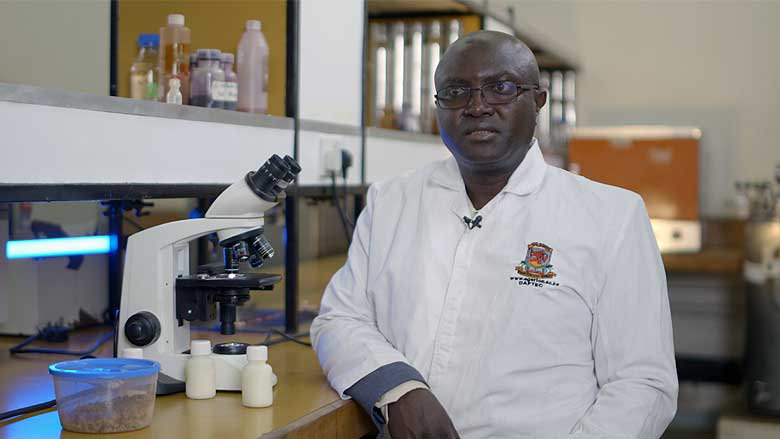Milk fermented in traditional ways is a popular part of the day-to-day diet of many Kenyan communities. From Mursik, popular with the Kalenjin, to Amabere amaruranu and Kule naoto, consumed by the Kisii and Maasai communities respectively, fermented milk is a key source of nutrition. Often, however, the way these variations of fermented milk are prepared falls far short of best practices in food safety and ends up posing health concerns for consumers.
Mitigating the risks brought about by unsafe food is one of the challenges being addressed by the based at Egerton University in Kenya. The Centre is one of 24 supported by
the , funded by the International Development Association (IDA) of the World Bank.
The project supports higher education in areas of priority to regional development, such as industry, agriculture, health, education, and applied statistics, with each ACE receiving a grant of up to $6 million to carry out the research it proposed. An extension of ACE I, a similar project in West and Central Africa, ACE II operates in eight countries, Ethiopia, Kenya, Malawi, Mozambique, Rwanda, Tanzania, Uganda, and Zambia.
Africa¡¯s population is growing, and food security is an increasingly important challenge to address. ¡°One aspect of food security is food safety. Here in Kenya, we have different communities producing different types of fermented milk. These products are produced in a traditional way, which means the process has not been standardized,¡± said Dr. John Nduko, a lecturer at Egerton University¡¯s Department of Dairy, Food Science and Technology, who holds a PhD in Chemical Sciences and Engineering.



